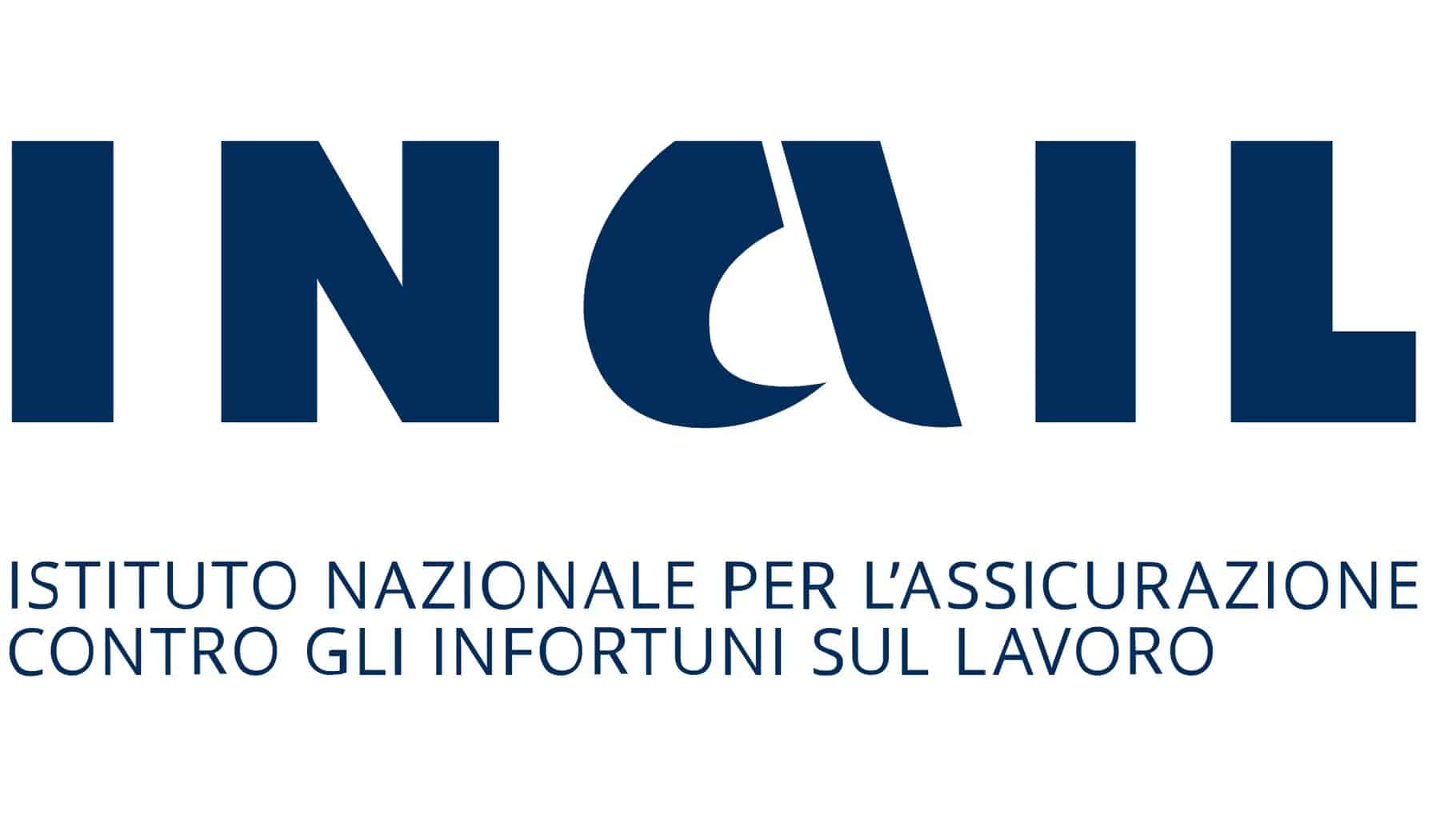Brainbox proposes an integrated multimodal sensing and AI approach for an automated, computer controlled preclinical system, referred to as “smart box”. Specifically, the “smart box” will enable to concomitantly monitor body-level behaviour and biomechanics (kinematics and dynamics, joints torque estimations, etc.), physiological biosignals (heartbeat and respiration) and spontaneous/evoked neural activity (single cells and populations activity) across various brain circuits, and advance current capabilities to quantify motor and non-motor functions of behaving mice disease models. The research plan targets the realization of a behavioural monitoring system by integrating piezoelectric wearable sensors, chronically implantable active dense bi-directional (recording/stimulation) CMOS-based electrode array probes, and sensors (capacitive sensing floors and video cameras) for the use of novel biomechanical computational mice models and AI tools. To validate the acquisition of multiscale experimental data, we will conduct experimental trials using the proposed smart box in a Parkinson’s disease (PD) mouse model. This process will involve a multiparametric analysis of the acquired multiscale data, which will be used to assess the system’s sensitivity in quantifying both motor and non-motor symptoms exhibited by the PD mice model. Feasibility of Brainbox is ensured by the already developed sensing and AI technologies in the Brainbox consortium, as well as by an interdisciplinary team with recognized engineering and neuroscience expertise. The proposed preclinical smart box system and multimodal sensing approach for multiscale data monitoring will enhance understanding of disease models and treatment effects with unprecedented mechanistic depth, thus advancing current research capabilities to identify biomarkers of disease progression and potential therapeutic strategies.

Il nostro laboratorio congiunto con Honda Research Institute Japan (HRI-JP) mira a sviluppare algoritmi avanzati di controllo, percezione e pianificazione per scenari di collaborazione uomo-robot.
Le parole chiave del laboratorio congiunto che caratterizzano la ricerca che sviluppiamo sono ergonomia, cobot e collaborazione umani-robot.
Oltre a iCub, gli algoritmi concepiti per la collaborazione uomo-robot saranno testati sui robot umanoidi ED-2R e Asimo.

Il laboratorio congiunto con Danieli Automation si concentra sullo sviluppo di sistemi robotici flessibili e soluzioni automatizzate nella lavorazione dell'acciaio.
Il nostro obiettivo è aumentare la sicurezza dei lavoratori in ambienti industriali pericolosi utilizzando algoritmi avanzati di controllo, percezione e pianificazione.

Il Gruppo Camozzi è leader di mercato nella produzione di componenti per l'automazione pneumatica con applicazioni nei settori life science, sanitario e tessile.
Come linea di ricerca, stiamo applicando la nostra esperienza nella modellazione, nel controllo e nella pianificazione di sistemi non lineari al campo della pneumatica.

Il progetto si propone di ideare future tecnologie indossabili e robot umanoidi per massimizzare l'ergonomia del lavoro e l'accettabilità tecnologica dei futuri ambienti industriali e sanitari.
L'Inail è l'Istituto nazionale per l'assicurazione contro gli infortuni sul lavoro, un ente pubblico che gestisce l'assicurazione obbligatoria contro gli infortuni sul lavoro e le malattie professionali.

La collaborazione mira ad adattare l'architettura Avatar del robot iCub per sviluppare un robot Avatar commerciale a ruote controllato dall'uomo in un ambiente di simulazione. Stabiliremo l'infrastruttura di simulazione Avatar per garantire il funzionamento continuo dei componenti. Il progetto integrerà interfacce avanzate di manipolazione, vocali e visive per una migliore interazione uomo-robot e implementerà un feedback tattile e controlli di locomozione per movimenti precisi e realistici.

RAICAM è un fornitore di soluzioni per materiali di attrito ad alta tecnologia, attuatori per freni, trasmissioni e applicazioni di raffreddamento per diversi mercati.
Questo progetto congiunto mira ad adattare le tecnologie e gli algoritmi sviluppati per i robot umanoidi ad altri campi, come la mobilità sostenibile.

L'idea dello spin-off di AMI mira a fornire una piattaforma integrata che consenta il monitoraggio della salute umana in tempo reale per quanto riguarda il tracciamento del movimento, il monitoraggio dello stress articolare e l'analisi della fatica. Sulla base della nostra ampia e approfondita analisi di ricerca, abbiamo sviluppato una tecnologia innovativa.
iFeel sarà il prossimo passo nel monitoraggio della salute umana in tempo reale per applicazioni industriali, riabilitative, sportive e di gioco.


